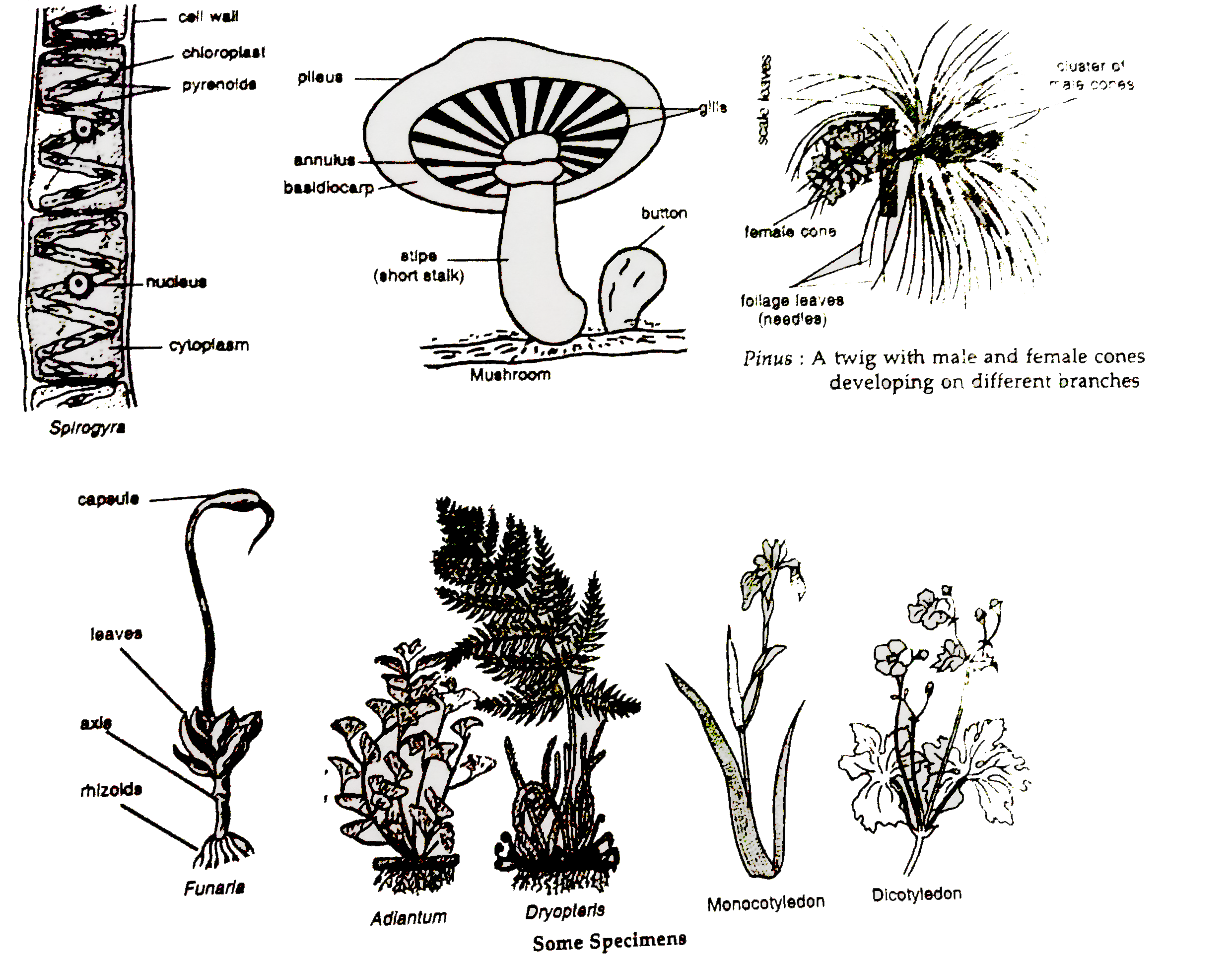A group of cells alike in form, function and origin constitute a/an
Tissue
Organ
Organelle
Organ system
The correct Answer is:A
To solve the question, "A group of cells alike in form, function and origin constitute a/an," we can follow these steps:
1. Understand the Question: The question is asking for a term that describes a collection of cells that share similar characteristics in terms of their shape (form), their role (function), and their source (origin).
2. Analyze the Options: The options provided are:
- a) Tissue
- b) Organ
- c) Organelles
- d) Organ system
3. Define Each Option:
- Tissue: A group of cells that are similar in structure and function.
- Organ: A structure composed of different types of tissues working together for a specific function.
- Organelles: Specialized structures within a cell that perform specific functions (e.g., mitochondria, nucleus).
- Organ System: A group of organs that work together to perform complex functions (e.g., the digestive system).
4. Identify the Correct Answer: Based on the definitions:
- The term that best fits the description of a group of cells that are alike in form, function, and origin is Tissue.
5. Conclusion: Therefore, the correct answer to the question is Tissue.
Final Answer:
A group of cells alike in form, function, and origin constitute a/an Tissue.
---
- a) Tissue
- b) Organ
- c) Organelles
- d) Organ system
- Tissue: A group of cells that are similar in structure and function.
- Organ: A structure composed of different types of tissues working together for a specific function.
- Organelles: Specialized structures within a cell that perform specific functions (e.g., mitochondria, nucleus).
- Organ System: A group of organs that work together to perform complex functions (e.g., the digestive system).
- The term that best fits the description of a group of cells that are alike in form, function, and origin is Tissue.
A group of cells alike in form, function, and origin constitute a/an Tissue.
Topper's Solved these Questions
- STRUCTURAL ORGANISATION IN ANIMALS ( ANIMAL TISSUES ) BOOK - AAKASH INSTITUTE ENGLISHCHAPTER - STRUCTURAL ORGANISATION IN ANIMALS ( ANIMAL TISSUES ) EXERCISE - Assignment (Section-B)
13 Videos
- STRUCTURAL ORGANISATION IN ANIMALS ( ANIMAL TISSUES ) BOOK - AAKASH INSTITUTE ENGLISHCHAPTER - STRUCTURAL ORGANISATION IN ANIMALS ( ANIMAL TISSUES ) EXERCISE - Assignment (Section-C)
54 Videos
- STRUCTURAL ORGANISATION IN ANIMALS ( ANIMAL TISSUES ) BOOK - AAKASH INSTITUTE ENGLISHCHAPTER - STRUCTURAL ORGANISATION IN ANIMALS ( ANIMAL TISSUES ) EXERCISE - Exercise
30 Videos
- STRATEGIES FOR ENHANCEMENT IN FOOD PRODUCTIONBOOK - AAKASH INSTITUTE ENGLISHCHAPTER - STRATEGIES FOR ENHANCEMENT IN FOOD PRODUCTIONEXERCISE - Assignment (Section - D)
10 Videos
- STRUCTURAL ORGANISATION IN ANIMALS (CONTD . . .) (ANIMAL MORPHOLOGY)BOOK - AAKASH INSTITUTE ENGLISHCHAPTER - STRUCTURAL ORGANISATION IN ANIMALS (CONTD . . .) (ANIMAL MORPHOLOGY)EXERCISE - Assignment (Section-D)
10 Videos
Similar Questions
Define a functional group.
View SolutionThe tissue is a group of cells having
(A) different origin
(B) Same origin
(C ) performs the same function
(D) absent in plants
View SolutionA particular vector contains two types of origin of replication,one type functions in eukaryotic cell and another functions in Escherichia coli.A suitable example is
View SolutionRefer following figures to answer the forthcoming practical questions

A group of freely interbreeding organisms constitute
View SolutionHabitat together with functions of a species constitute is
View SolutionCells originate
View SolutionFunction of companion cells is
View SolutionA group of interacting species living in a particular ecosystem constitute a
View SolutionA group of six identical cells each of emf E and internal resistance r are joined in series to form a loop. The terminal voltage across each cells is
View SolutionIn which group of organisms the cell walls form two thin overlapping shells which fit together
View Solution
